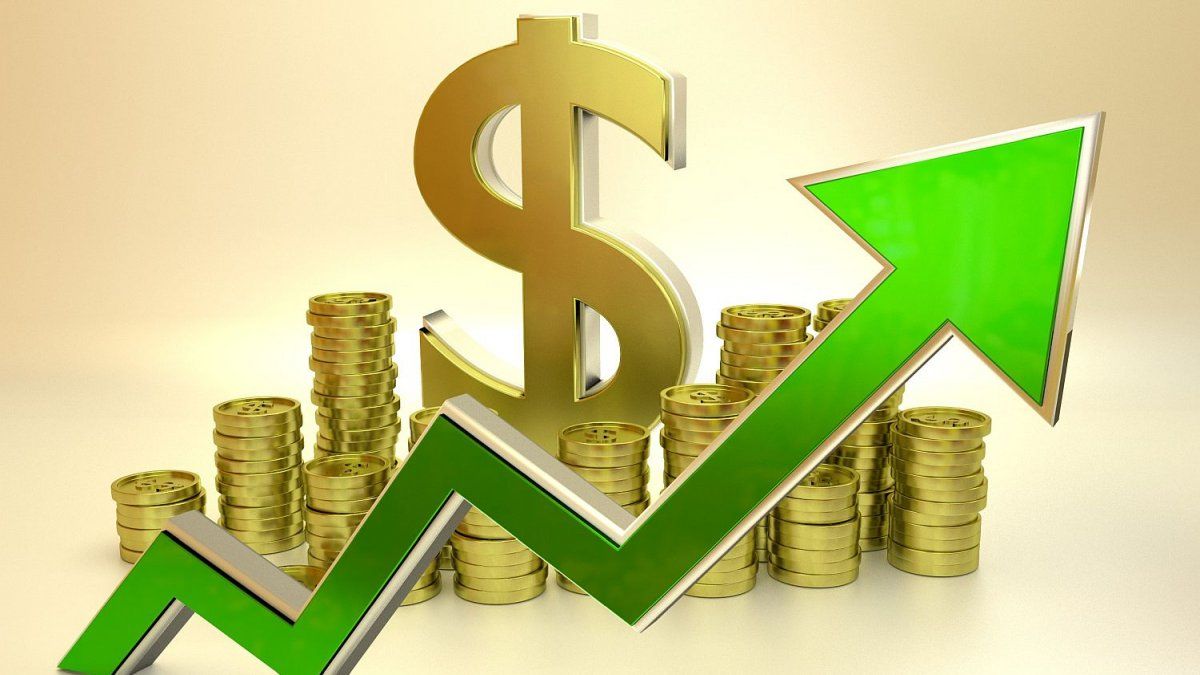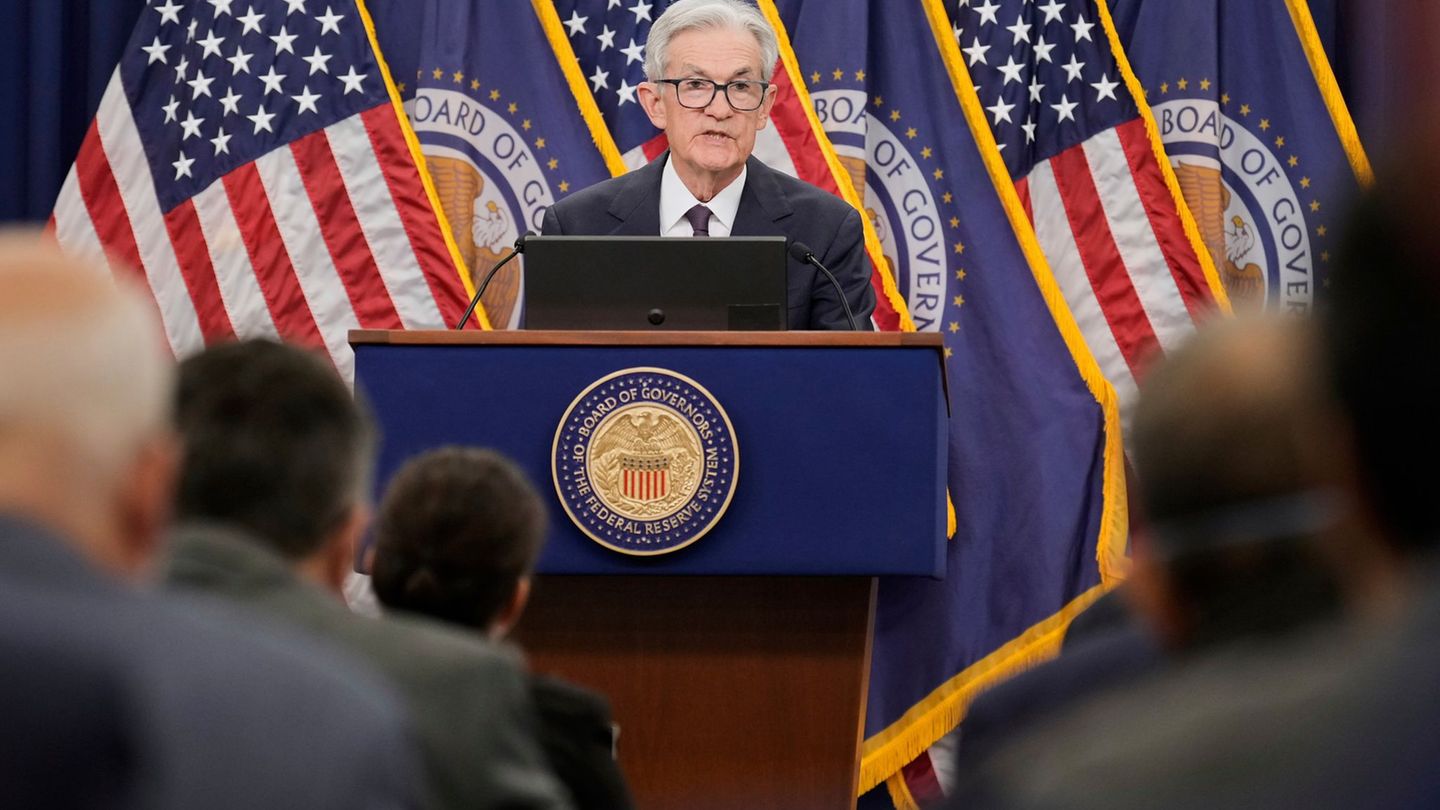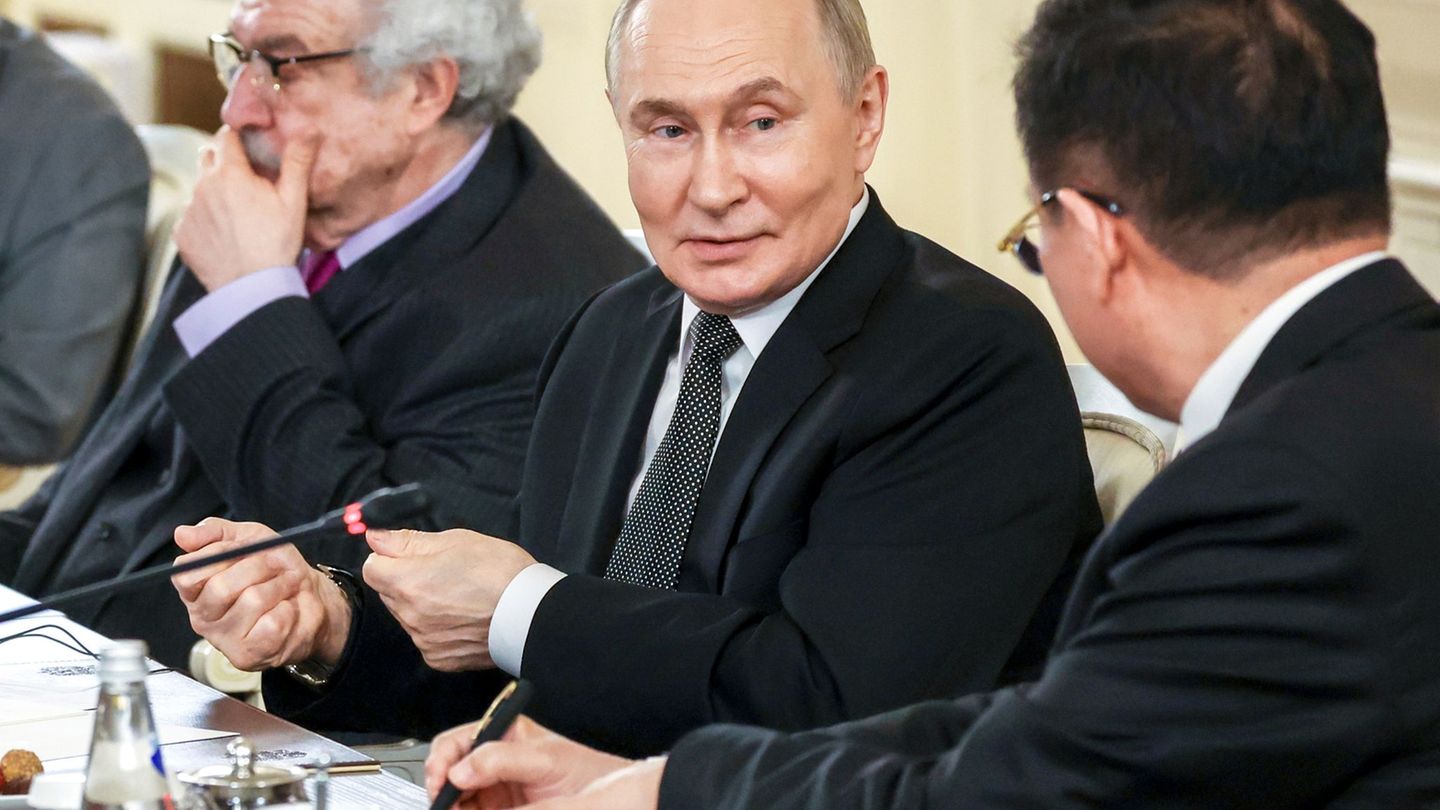In recent weeks, more and more pesos have turned to assets indexed to the dollar with the aim of covering themselves from a possible devaluation. There were bailouts in the money market and CER.
In the last week before the general elections, the dynamics of the Common Investment Funds continued to be conditioned by uncertainty, the volatility of financial dollars and a wide gap with the official dollar that increased expectations of a new discrete jump in the exchange rate. official change in the short term. In that framework, funds indexed to the official dollar continued to position themselves as favorites among investors and they accounted for a large part of the industry’s positive net flows so far this month. Analysts consulted by Ámbito expect that the demand for these funds will continue due to the growing demand for coverage against an eventual devaluation.
The content you want to access is exclusive to subscribers.
So far in October, FCI dollar linked net subscriptions amounted to $398,605 million, drastically reversing the negative trend they had throughout September for $13,540 million. These instruments adjust for the official exchange rate, which has remained at $350 since August 14, and in the event of a devaluation they would cover the evolution of the dollar. Given this, they were the main type of fund that received positive flows throughout the month.


Nicolás Calabria, portfolio manager at Adcap Asset Management, said: “The demand for coverage is constantly growing due to the escalation in the price of the unofficial and financial dollar, electoral uncertainty and the fragile economic scenario. In the run-up to the election, the market without a doubt sought to cover itself from an eventual devaluation: The preferred coverage were assets that adjust to the official exchange rate, dollar-linked assets. “The market has been paying linked dollar assets for two weeks, and we estimate that the demand for products of this type will remain constant.”
Alejandro Caramella, analyst at First Capital Group, highlighted that during the last 20 days there was strong demand for dollar-linked funds to hedge against movements in the official exchange rate. “These funds have three or four hedging strategies: some dedicated to corporate credit, others seeking coverage with public securities, others seeking coverage through derivatives with dollar futures in Matba Rofex and a fourth group that has a combined strategy. of the previous three,” he explained.
On the other hand, the other segments deepened the rescues. According to information from Calabria, so far this month, the FCI industry presented negative subscriptions of $66,176 million. Money Market Funds, which represent around 50% of the industry, accumulated redemptions of $253,394 million. In this way, October would be the second month in the year in which this segment presents negative flows after June, given that the rest of the months the immediate liquidity funds were the favorites among investors. The same negative trend was experienced by the T+1 funds, with redemptions of $166,221 million, and the CER segment, with a drain of $116,205 million, so far this month.
Moving forward, Calabria highlighted: “We believe that investors will keep the memory of what happened in the PASO; Let us remember that the Monday after the primary elections there was a devaluation jump of the official dollar of 21%, and many investors will be afraid that the day after the elections a new devaluation jump will be generated. So, we estimate that, to avoid this loss of purchasing power, many investors are going to pay coverage at any cost, especially if the scenario is a runoff.”
For his part, Caramella pointed out that “as long as the outlook is not clarified, the demand for this type of products will remain high; On the contrary, if we begin to see corrections in the exchange rate, given that once the discrete jump is made it affects the linked dollar, it would lead to several bailouts, but it is difficult to put a date on this because the future is uncertain.
Source: Ambito




